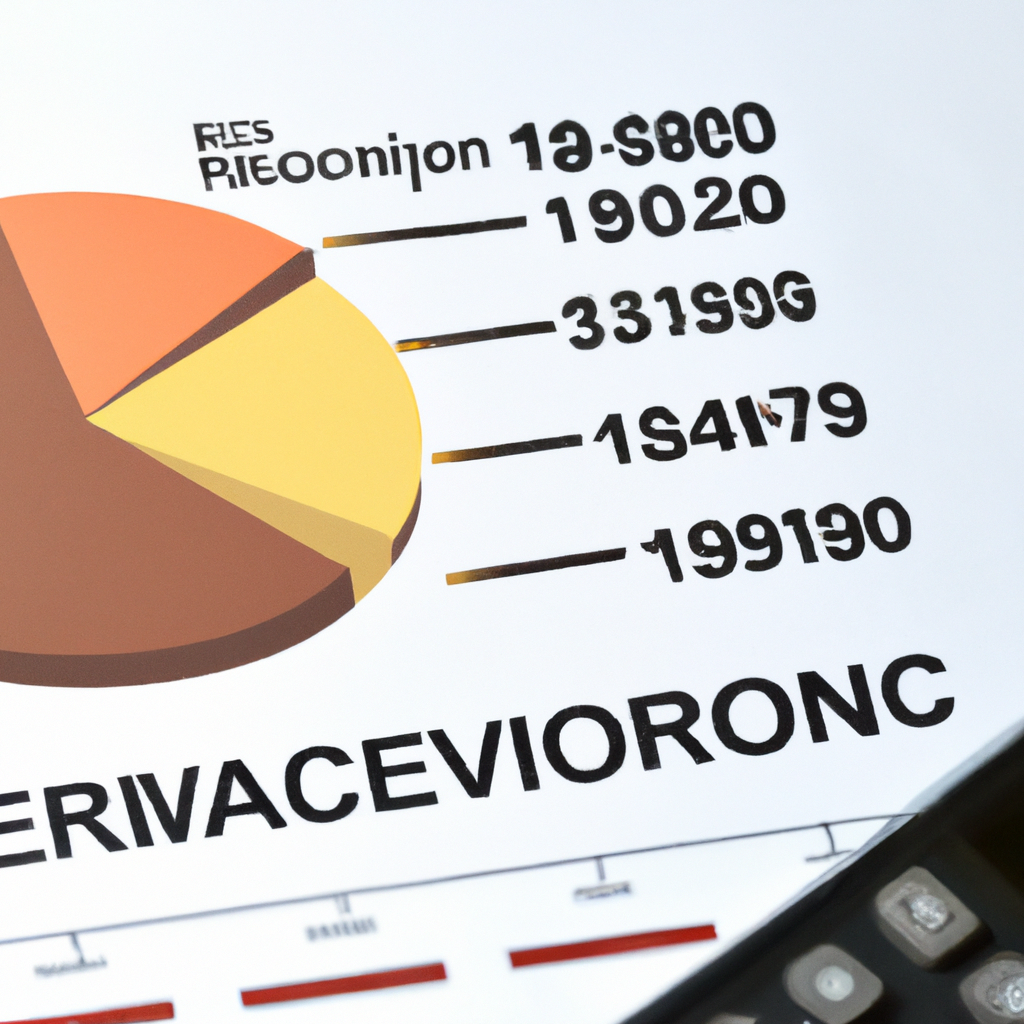FDIC’s New Rules for Signs and Ads Could Affect Crypto
The Federal Deposit Insurance Corporation (FDIC) has recently implemented a new rule governing the use of its official signs and advertising, potentially influencing public perception of certain crypto firms. The rule, finalized on December 20, addresses false advertising, misrepresentations of deposit insurance coverage, and the misuse of the FDIC’s name or logo. While not limited to the crypto industry, this rule has been prompted by widespread abuse within the crypto sector.
FDIC’s Rule Changes
Starting in 2025, institutions insured by the FDIC will be required to display a black and navy blue sign, replacing the gold and black sign that has been in use since the 1930s. This rule applies to websites, apps, brick-and-mortar bank locations, and specific ATMs. The aim is to prevent entities from potentially misleading customers by falsely claiming that their funds are FDIC-insured.
The FDIC last updated its sign and advertising rules in 2006. This recent update is a response to the increasing number of cases where crypto firms abused the FDIC’s reputation for their own gain.
Abuse in the Crypto Industry
The FDIC’s new rule was prompted by numerous instances of abuse within the crypto industry. Investors were misled by firms such as Gemini Earn, FTX US, Voyager Digital, and others into believing their investments were FDIC insured. This misconduct led to the FDIC taking action to update and strengthen its rules.
In 2023, several banks associated with crypto firms faced closures, regulatory intervention, or voluntary liquidation, sparking discussions among lawmakers about protecting user funds. The FDIC collaborated with the New York State Department of Financial Services to close Signature Bank, while Silicon Valley Bank, holding deposits from stablecoin issuer Circle and venture capital firm Sequoia Capital, also collapsed and fell under FDIC protection.
Potential Risks and Consumer Protection
The FDIC recognizes that crypto activities pose “novel and complex risks” for U.S. banks due to their uncertain legal and regulatory status. To address these challenges and ensure greater transparency for consumers and investors in the crypto industry, the FDIC has updated its sign and ad rules.
Highlighting the potential risks associated with crypto transactions, the Consumer Financial Protection Bureau issued a warning in June that payment apps facilitating crypto transactions might not necessarily be FDIC-insured, putting funds at risk. This further emphasizes the need for consumer protection measures within the industry.
Impact on the Crypto Industry
The FDIC’s new rules for signs and advertising could have a significant impact on the crypto industry. Crypto firms will be required to adhere to the updated guidelines to avoid misleading customers about FDIC insurance coverage. This change is part of a wider effort to enhance trust and transparency in the cryptocurrency sector.
The updated sign and ad rules from the FDIC aim to protect consumers and investors by preventing false claims of FDIC insurance and ensuring accurate information is provided by crypto firms. It also aligns the crypto industry with the general protections and regulations applied to traditional banking institutions.
Overall, these rules represent a step towards ensuring the responsible and ethical use of FDIC’s name and reputation in the crypto industry.
Conclusion
The FDIC’s new rules for signs and ads are aimed at combating false advertising and misrepresentations of deposit insurance coverage. Although not specifically targeted at the crypto industry, the rule change has been prompted by widespread abuse within the sector. Crypto firms will need to display the updated black and navy blue sign to conform to the FDIC’s guidelines.
These rule changes are part of broader efforts to enhance consumer protection and transparency in the crypto industry. It aligns the industry with traditional banking institutions and aims to prevent misleading claims of FDIC insurance.
Overall, these changes mark an important step in addressing the challenges and risks associated with cryptocurrencies and promoting greater trust and transparency for consumers and investors.
Frequently Asked Questions
1. What is the FDIC?
The Federal Deposit Insurance Corporation (FDIC) is an independent government agency that provides deposit insurance, protecting funds in case of bank failures in the United States.
2. Why did the FDIC update its sign and ad rules?
The FDIC updated its sign and ad rules to address false advertising, misrepresentations of deposit insurance coverage, and the misuse of the FDIC’s name or logo. The rule change was prompted by widespread abuse within the crypto industry.
3. How will the rule changes affect the crypto industry?
Crypto firms will need to display the updated black and navy blue sign to conform to the FDIC’s guidelines. This aims to prevent false claims of FDIC insurance and promote transparency and trust within the crypto industry.
4. What are the potential risks associated with crypto transactions?
The potential risks associated with crypto transactions include the uncertain legal and regulatory status of cryptocurrencies, which can put funds at risk. The FDIC recognizes these risks and has implemented rule changes to provide greater protection to consumers and investors.
5. How does the FDIC protect consumers and investors?
The FDIC provides deposit insurance up to $250,000 per depositor in case of bank failures. By updating its sign and ad rules, the FDIC aims to ensure accurate information is provided by crypto firms and prevent false claims of FDIC insurance, thus protecting consumers and investors.
For more information on banking and finance, visit [VisBanking](https://visbanking.com/). You can also check out their






0 Comments